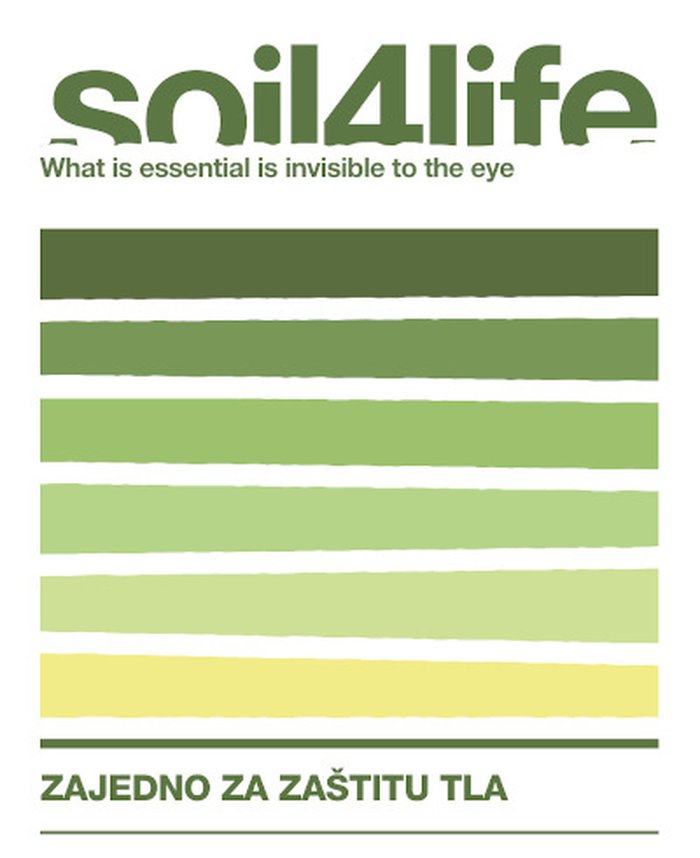About Istria
Istria: What is is, where is it, and why is it important?
With the turquoise Adriatic Sea on its edges, verdant hills in its interior, and rich gastronomic offer throughout, Istria is best known as a top European tourist destination where people come to drink delicious wine, swim, rest, and be inspired by natural beauty. This 3600-sq-km peninsula is formally part of two countries — the northwest corner of Croatia and the southwest corner of Slovenia. Splitting off from the European mainland just south of Trieste in Italy, Istria is a medley of Slavic and Italian cultures — a fusion which resonates through its architecture, its cuisine, and its languages and dialects.
Istria is, however, much more than a tourist destination. Its fragile Mediterranean environment and mild climate are ecologically significant not only because of their uniqueness, but also because of their significance for food production. The bounties that the land and sea give forth underpin the local economy, sustain local communities, and provide habitat for countless plant and animal species, a number of which are endangered or endemic. Threats to Istria’s ecological integrity and biodiversity are therefore threats to its stability, and by extension threats to the humans who are dependent on it for surviving and thriving.
There are many threats to Istria’s environment and communities, and they seem to increase in number every year. These include the encroachment of big developers connected to the mass tourism industry, pollution of the land and watercourses, overfishing, poor land management practices in coastal areas, government corruption, climate change and sea-level rise connected to it, unsustainable contemporary lifestyle habits, the fossil fuel industry, and other issues.
A further degraded Istria would be a disaster for local people, but it would also have consequences for entire Mediterranean. In fact, the larger Mediterranean area of which Istria is a part has been declared by scientists to be especially vulnerable to climate change. Istria shares this challenge in common with its neighbors, but it is unique also because it has been less developed historically and therefore still has many natural features still intact and unexploited—features which were destroyed along time ago in other places that are more densely populated and which may have had longer histories of mass tourism, international trade, and deeper connections to big empires.
Istria’s development in the 21st century must therefore be undertaken with great care, to ensure the continued thriving of its cultural and natural resources. Plans for its future should look to increasing its stability while protecting it from exploitation and leaving it in better condition for future generations of humans and other species.
Sustainability and ecological awareness on the delicately positioned Istrian peninsula need to be a top priority for local and international citizens and institutions. However, civil society is under-supported in Istria. There are very few civil society organizations working to advocate for the citizens and the environment in the region. Green Istria is the only functional organizational dedicated full time to the region and also working to exchange knowledge and share best practices internationally. It too is under pressure because of increasingly scarce funds. A robust civil society in Istria is critical for the region’s future, and Green Istria is working hard against financial and other pressures to anchor it for the next generation.
March 30th, 2020


